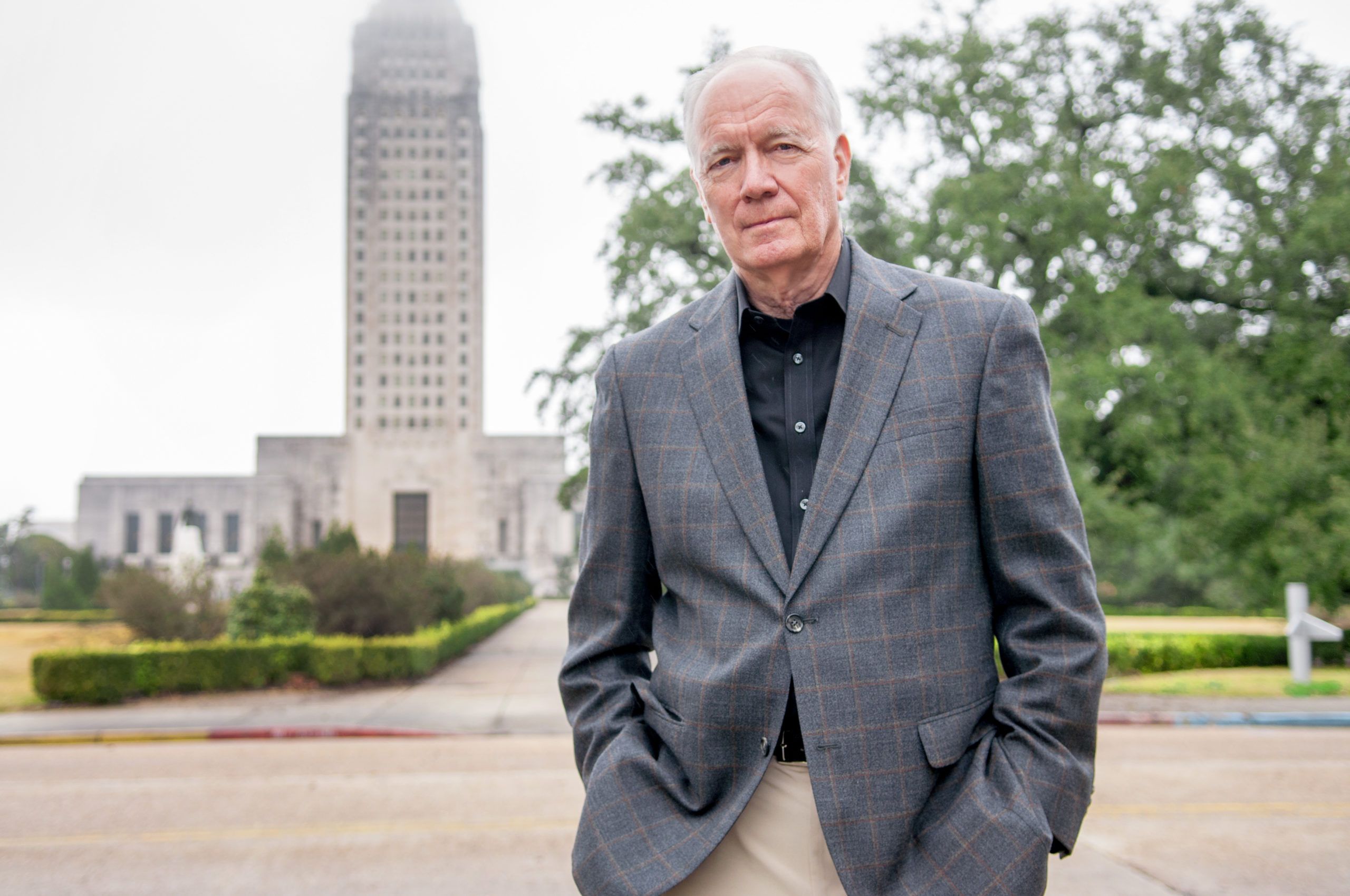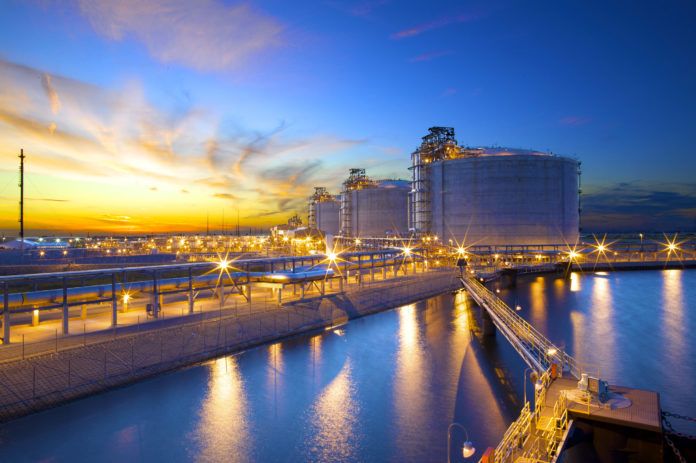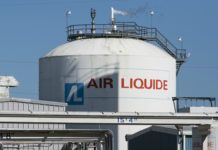Any new LNG investment in Louisiana will likely remain in limbo until at least 2022, as the uncertainty of COVID-19 and availability of competitively priced natural gas in other parts of the world have turned U.S. LNG exports into a risky proposition.
Financiers of U.S.-based LNG export facilities are requiring the existence of long-term contracts before they’ll dole out any additional money, and those are difficult to come by when natural gas is at rock-bottom prices.
Fortunately, that doesn’t impact LNG plants that are either completed, under construction or adding trains, says Eric Smith, associate director of the Tulane Energy Institute in New Orleans. “Once you get a multimillion-dollar project going,” Smith says, “it might take a little longer and get stretched out, but it will get finished.”
That’s because developers were able to enter into 20-year contracts when LNG was in short supply. It’s a far different landscape now. “While these ‘second generation’ plants are more efficient, there is a lot more LNG sloshing around in the world,” he adds. “Customers are being more choosy, and they want three-year contracts with an option to renew.”
Shane Mullins, vice president of product development for energy markets at Industrial Info Resources in Sugar Land, Texas, says the market downturn has had serious repercussions for several Louisiana projects, most recently Tellurian’s Driftwood LNG near Lake Charles. “We thought Driftwood was going to get closer to an approval this year, because India planned to buy a huge portion of that project,” Mullins says.
Instead, Tellurian is in cost-cutting mode, unveiling plans to cut Driftwood’s Phase 1 by 30% and postponing its proposed Permian Global Access Pipeline, with a capacity of 2 billion cubic feet per day, and Haynesville Global Access Pipeline, with a capacity of 2 billion cubic feet per day.
Tellurian has delayed a financial investment decision on the Driftwood facility until 2021, but still hopes that full operations could begin in 2026 or 2027. The LNG facility is expected to produce 27.6 million tons of LNG per year.
Elsewhere, the news is equally troublesome. In March, Shell pulled out of the Lake Charles LNG project, forcing owner Energy Transfer to consider reducing the size of the project and begin looking for long-term contracts on its own; in June, Magnolia LNG sold its Lake Charles development to NYC-based Glenfarne Group; and Cameron LNG’s partners recently postponed the addition of two new trains (4 and 5).
Looking elsewhere
Smith says the world still needs LNG, but clients are getting it from other places, and trade squabbles between the U.S. and other countries haven’t helped. “Germany is going to find the cheapest gas they can find, and if that means buying it from the Russians then they’re going to buy it from the Russians,” he says.

Economist Loren Scott of Loren C. Scott & Associates in Baton Rouge says the U.S. lost its competitive edge following a one-two punch from COVID-19 and an unusually warm winter—both of which significantly impacted the worldwide demand for natural gas. This was exacerbated when oil dropped below $20.
“Other countries price their natural gas off of the price of oil,” Scott says. “Instead of being way higher than ours, the price of natural gas in Europe and Japan suddenly collapsed to being the same as the price at Henry Hub.”
Nonetheless, Scott says it’s a short-term issue. “That demand will come back. The weather will cool off and the price of oil has already gone up.”
Industrial Info’s Mullins feels the outlook for LNG won’t change until demand increases significantly in China and India—two of the biggest consumers of U.S. natural gas. “Previously, we were looking at shortfalls in the natural gas supply by 2025 … we’re now looking at 2026-27. That means any new projects won’t need to be approved until 2022,” as it takes about four years to build an LNG facility.
There’s another potential fly in the ointment, Mullins notes. “Qatar is planning to construct $30 billion in new LNG trains, with product hitting the market by that same time frame,” he adds. “If that happens, the Qatar gas could go to India and undercut the U.S.”
Not surprisingly, local LNG owners are throttling back on investment. Seven LNG projects have delayed FIDs or altered their plans since March, according to a report from BTU Analytics. Those projects represent about 14 billion cubic feet per day of potential capacity.
Rising domestic demand?
Despite all that, Mullins says there are some signs of life. “Venture Global’s Calcasieu Pass LNG is currently under construction and should be completed in 2023,” he notes. “They could also move forward with an identical facility in Plaquemines Parish, as all of the permits have been received.” Additionally, Cheniere is building its sixth train at Sabine Pass LNG, representing the only other LNG project currently under construction in Louisiana.
Scott says U.S. gas is already becoming more competitive as oil prices inch above $40 a barrel. He also expects rig counts to bounce back from current dismal numbers. “We’ve seen the most stunning decline in the rig count that I’ve ever seen in my career,” he says. “In early February, there were 1,038 operating in the U.S. The latest number in March was 244.
“And if you’re producing less oil, you’re producing less associated gas. For that reason, we are predicting that the price of natural gas is going to go up from under $2 per million BTU to as much as $3.10 by 2022 because of the drop in associated gas production.”
Tulane’s Smith also thinks the market will undoubtedly get back on track. “The U.S. is still the cheapest source of natural gas on the planet,” he says, “and it’s a commodity, so low cost wins whether you’re talking about oil in Saudi Arabia or natural gas in the U.S.”
He also anticipates rising domestic demand, chiefly through LNG fuel-cell powered shipping and long-haul transport. Additionally, there’s an apparent move to install small LNG liquefaction trains in the Permian Basin to store natural gas or power drilling and fracking units.
Regardless of these variables, Smith says politics and public opinion will continue to be potential threats to any forecast, particularly in regards to pipeline construction. “The environmental community has discovered that all of these projects require gas pipelines, so it’s getting very difficult to get them approved,” Smith says.
As an alternative, the Trump administration authorized the use of LNG rail shipments in a June rule handed down by the U.S. Pipeline and Hazardous Material Safety Administration. The decision comes amid court and regulatory battles over pipeline projects that have slowed movement of the nation’s world-leading gas production to markets. Previously, federal hazardous materials regulations allowed shipments of LNG by truck, but not by rail, except with a special permit.
The rule requires enhancements—including a thicker outer tank made of steel with a greater puncture resistance—to the approved tank car design that, for decades, has been approved for shipments of other flammable cryogenic materials, such as liquid ethylene and liquid ethane.
“The department’s new rule carefully lays out key operational safeguards to provide for the safe transportation of LNG by rail to more parts of the country where this energy source is needed,” Transportation Secretary Elaine Chao has said in a statement.







